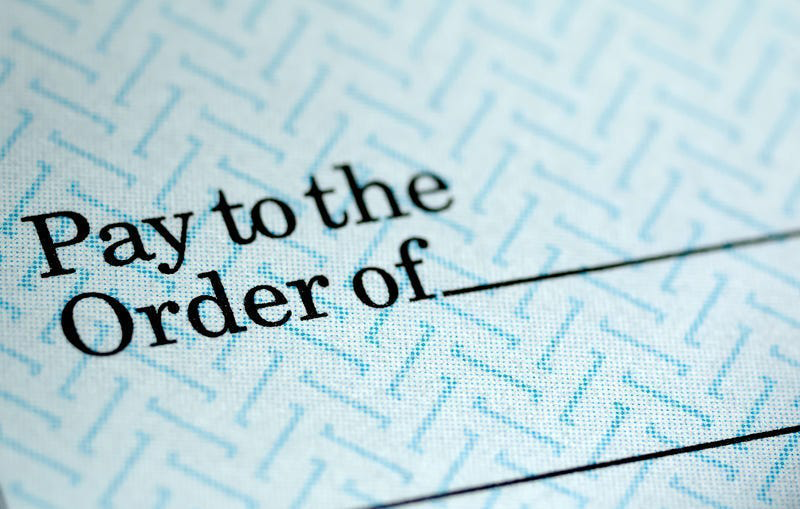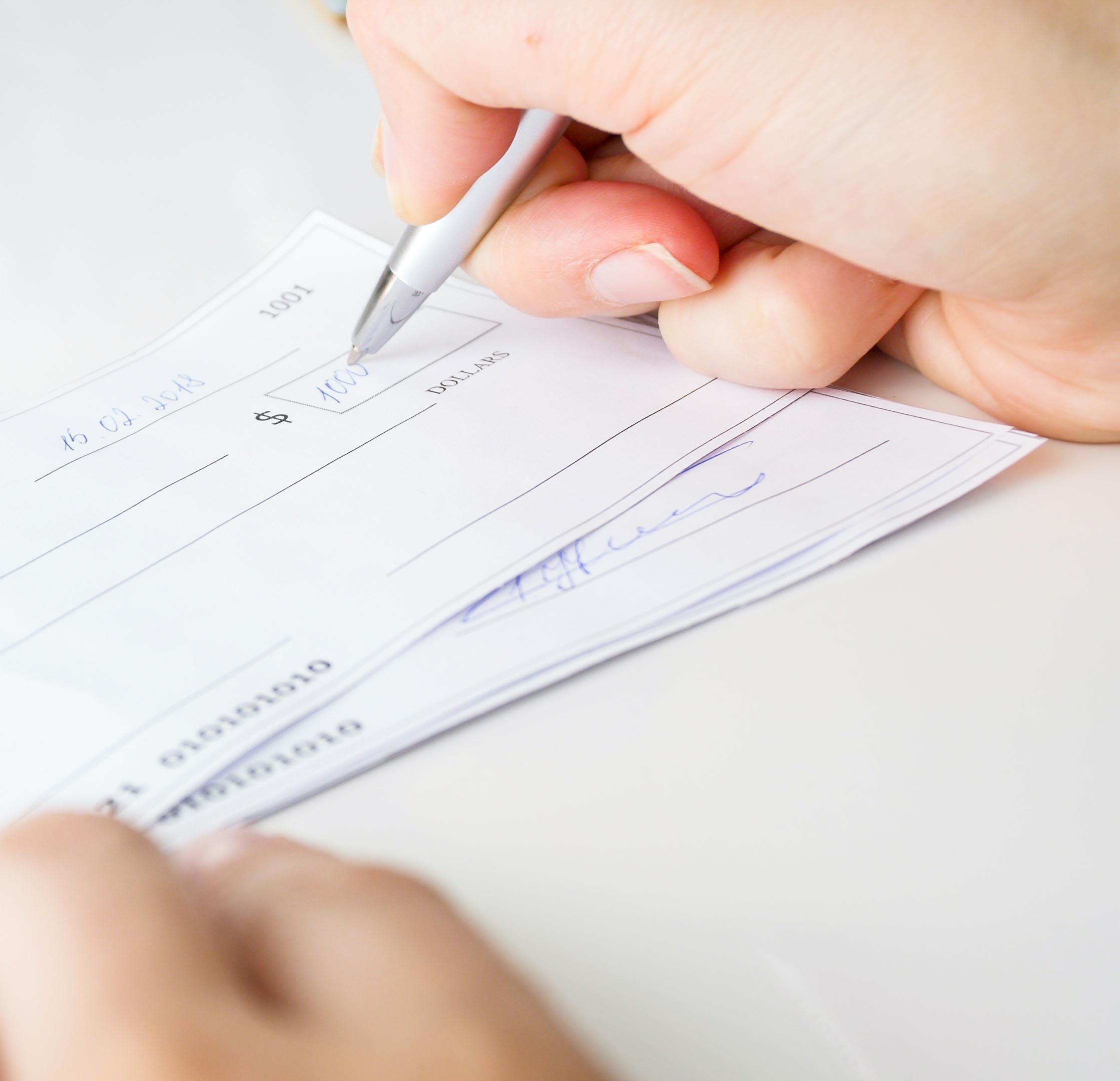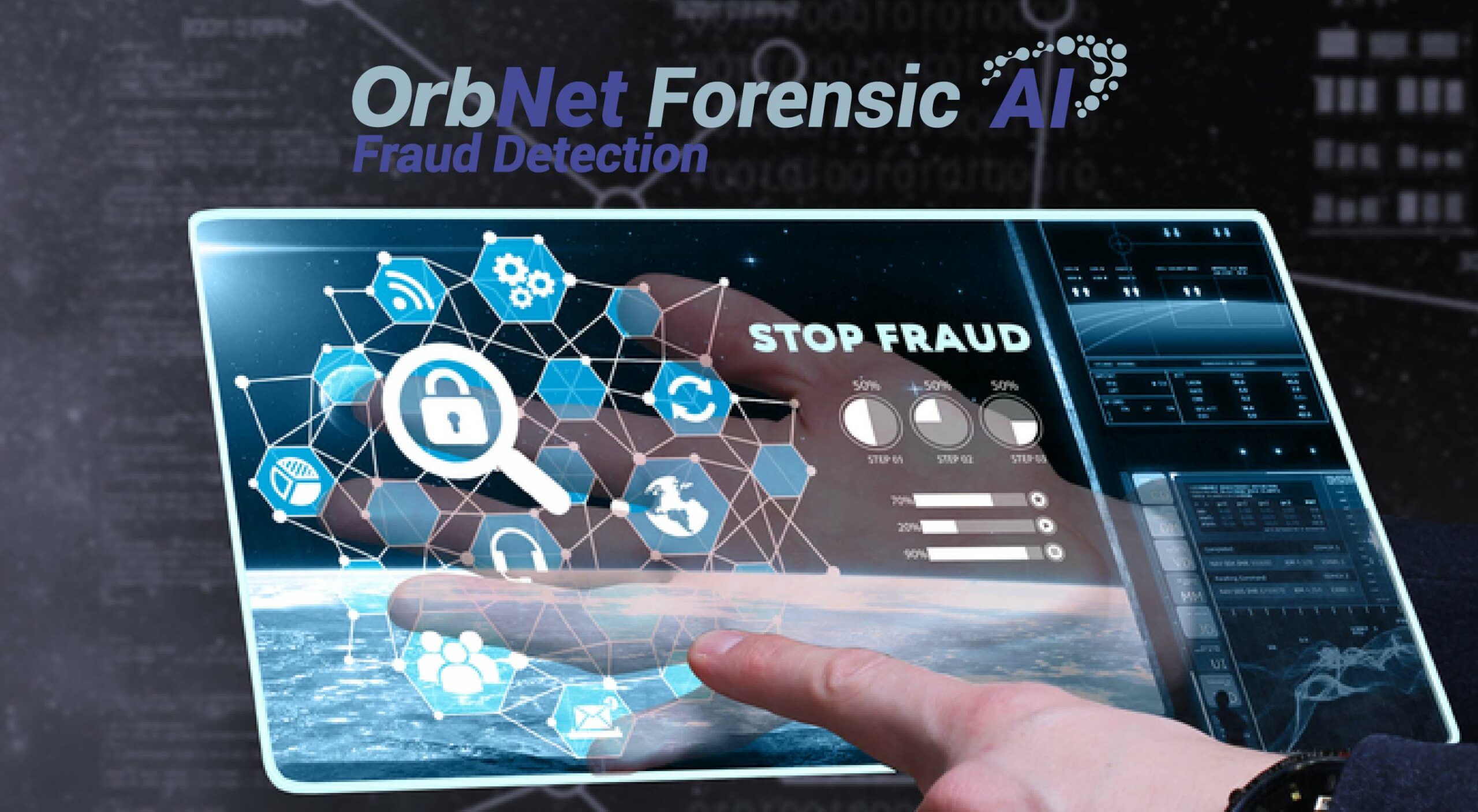Exploring the Strengths and Weaknesses of Positive Pay Systems for Check Fraud Detection
Recently, OrboGraph's Marketing Manager and Check Fraud Detection Specialist James Bi had a conversation with a mid-sized bank about check fraud detection solutions. Specifically, this bank was interested in positive pay systems; they desired to be better educated to sell to their corporate customers.
As many of our readers know, a typical positive pay solution extracts the MICR, serial number, and amounts from a newly deposited check and compares this data to an issuer file that is provided by the corporate customer. While a powerful tool, it's important to understand that this is just one piece of technology that should be part of an overall, multilayered check fraud detection strategy.
Over the past few years, however, positive pay systems have received technology enhancements that make them are a stronger tool for check fraud detection.

Technological Enhancements for Positive Pay
As noted earlier, traditional positive pay systems extract certain data from a check to compare to an issuer file. This is a strong defense against check fraud, as it can identify counterfeits and some alterations -- particularly amount alterations. However, fraudsters are able to get around this by altering the payee information only. This can be done either by washing the payee or adding additional text (i.e. adding their own name at the end of payee) and depositing the checks without being flagged by the positive pay system.
This is where a major enhancement has been made to traditional positive pay systems. Now, banks are able to leverage technologies -- also known as Payee Positive Pay systems -- to extract the payee name and compare this data to the issue file as well. This helps detect more altered and counterfeit checks.
Furthermore, positive pay systems are receiving a boost from consortium data. As noted in a previous article, technology vendors like AFS are able to take the extracted data and compare it to their consortium data to provide extra protection from check fraud.

And, maybe most importantly, positive pay systems (whether traditional or payee positive pay) are for business checks only. For personal checks and personal checking accounts, there is no issuer file that a bank can compare too. While consumers are not writing as many checks as they did decades ago, it's important to consider that a loss of just a few hundred or thousands can cripple a consumer vs a business.
No Single Technology Can Detect All Check Fraud
As we've noted in the past, there is no silver-bullet that can detect all check fraud -- a point that Mr. Bi expressed to the mid-sized bank during their discussion. In order to detect a majority of fraudulent checks, the best approach is integrating multiple technologies that perform specific functions. In additional to Payee Positive Pay, banks should be leveraging the following technologies:

- Behavioral Analytics to monitor transactions and account behavior for anomalous behavior.
- Image Forensic AI to analyze the the images of newly deposited items for indicators of counterfeits, forgeries, and alterations.
- Consortium Data to compare transactional data and image metadata from other FIs.
- Dark Web Monitoring to scan the "clandestine internet" and encrypted messages apps like Telegram for account holder information and check images that are being sold.
Positive pay systems -- specifically payee positive pay -- play an important role in check fraud detection. However, relying on one technology is simply not enough to curb the increasing trend of check fraud.
Very interesting input. I am in full agreement that solutions for fraud require multi-prong approaches to get the most out of available technology. The key to implementing most solutions that center around data extraction is the success in read rates and ability to rely upon the process. Building in additional layers of handling to mitigate exceptions can chip away at the benefits being sought.
I would be interested in learning more about the advancements in Payee extraction from the capture process and the success rates achieved for both commercial and personal checks.